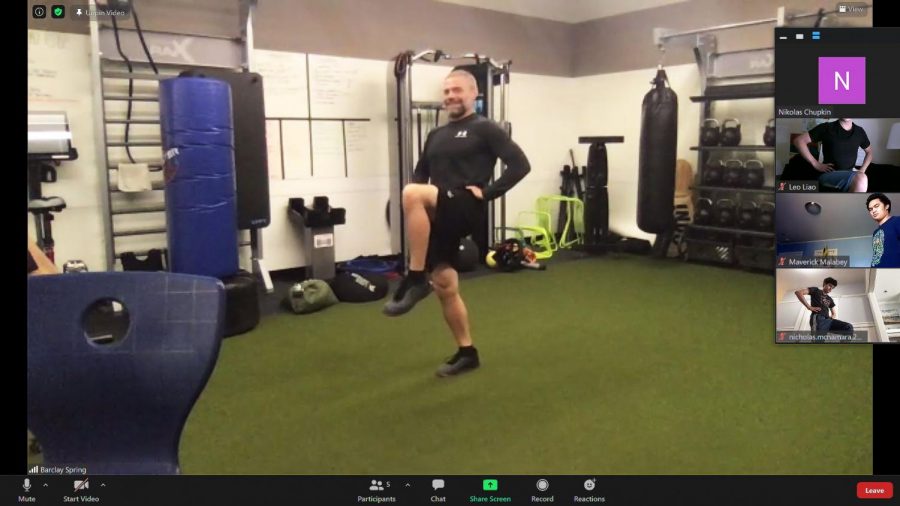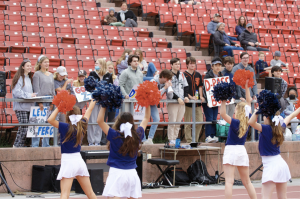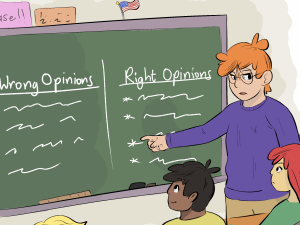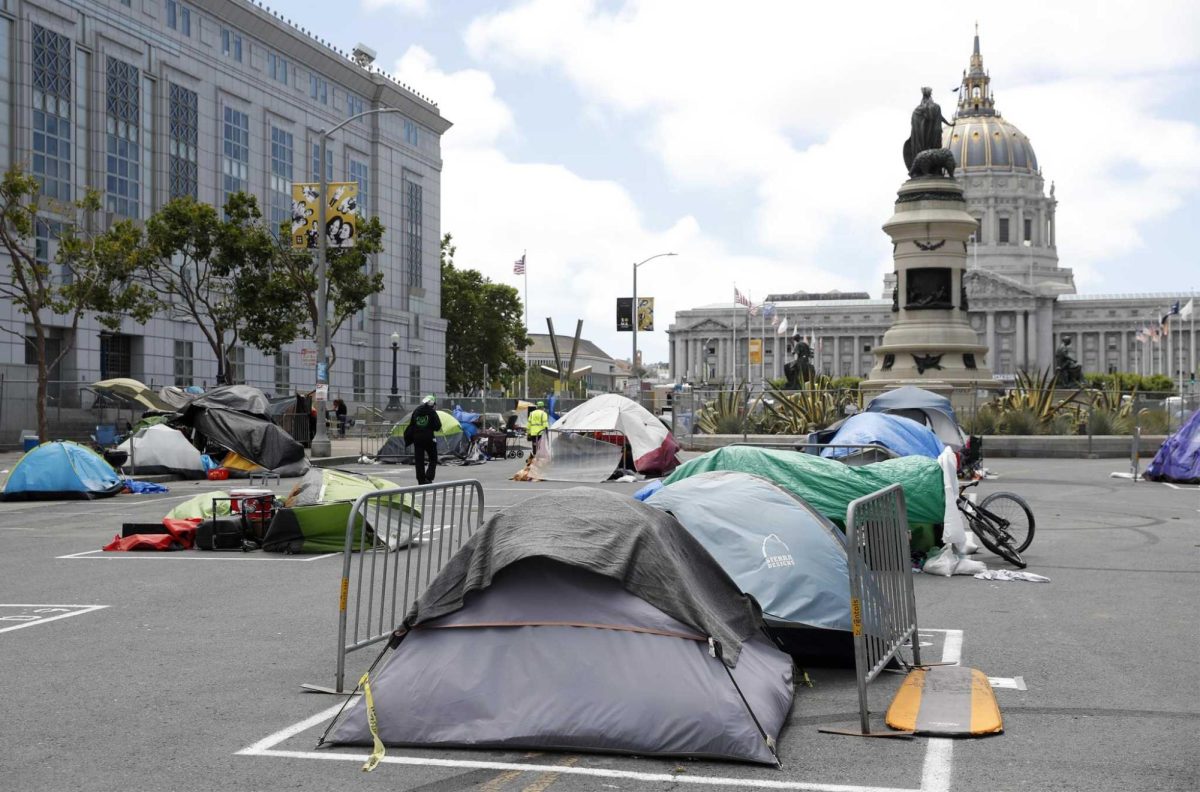Pandemic changes college recruitment for current, possibly future years
Athletics faculty expect adjustments to schools’ eligibility requirements
Nik Chupkin | Zoom screen capture
Athletics, strength and conditioning coach Barclay Spring hosts an upper body workout via Zoom on Sept. 18. The Athletics Department began organizing a variety of daily workouts and sport-specific team meetings after the North Coast Section postponed Fall sports until Dec. 14.
September 24, 2020
The COVID-19 pandemic has introduced a variety of new factors that will affect the recruitment of high school athletes, causing uncertainty about continuing sports at the collegiate level to both student-athletes and the coaches and trainers who work to support them.
“Since the cancelation of the spring 2020 season, the National Collegiate Athletic Association has had to make decisions around their continuing eligibility requirement for students who essentially lost the year of competition due to the pandemic,” Dana Kuwahara, Head of Athletics & Physical Education, said.
Various rules regarding roster management, student-athlete eligibility and scholarship dollars have to be reconsidered to accommodate the larger pool of athletes who are allowed to and wish to participate, according to Kuwahara.
“I think that there will be adjustments made to still give high school seniors the opportunities to get recruited,” Kuwahara said. “They will just be a little different than what has typically occurred.”
College coaches will now have to scout for prospective recruits without meeting them in-person. Student-athletes are also unable to access recruiters as easily.
“The NCAA has put in new rules limiting in-person contacts this year,” Athletics Director Charles Johnson said. “The recruiting windows are also shorter. Athletes will really need to sell themselves if they are not obvious scholarship athletes.”
As college coaches will be less likely to attend in-person athletic events, filling out online college recruitment profiles have become more important for students. These recruitment profiles, however, do not address the fact that students may not be able to demonstrate their skills directly.
“In my case, the lack of sports has changed the recruiting process because I do not have as much film to send to colleges as I would have liked,” senior Eamonn Kenny said. “I am also not able to visit colleges and coaches.”
While recruited athletes are expected to participate in college athletics, the inability to visit and experience colleges has affected some athletes’ decisions about continuing their sports at a high level after high school.
“I want to go to the best college academically that I can,” Kenny said, “and then see if I can play sports there, no matter the level.”
The NCAA and California Interscholastic Federation’s new safety regulations could continue into future seasons, in which case they would impact recruitment for future graduating classes.
“It really will depend on how many seasons continue to be impacted by this pandemic and what new rules or policies will be made in response,” Kuwahara said. “We are certainly living through unprecedented times. We are learning more every day and making adjustments as we go.”










